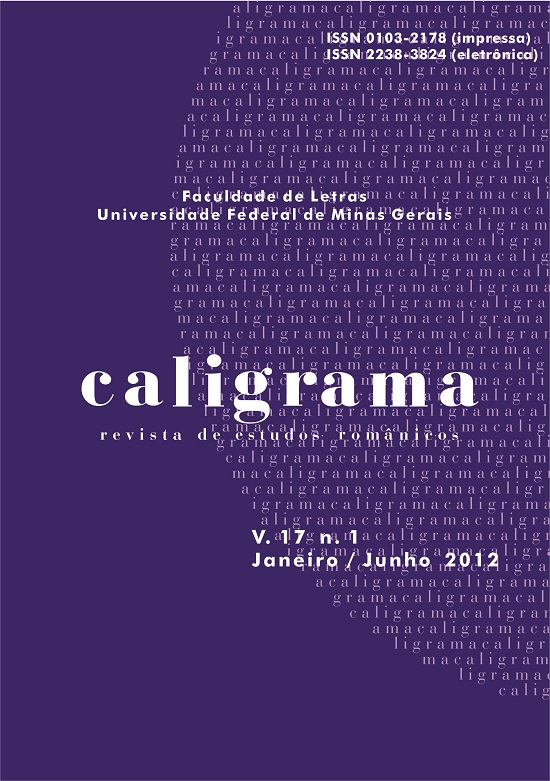Cidades: o hábito de habitar e outros pontos
DOI:
https://doi.org/10.17851/2238-3824.17.1.23-41Resumen
Resumo: O objetivo deste ensaio é o de refletir sobre o hábito de habitar a partir da construção da cidade em pontilhamento, ou seja, busca-se na técnica artística do pontilhismo, tão afim à pintura impressionista, o modelo para se pensar a constituição do espaço urbano como uma imensa aglomeração de pontos – o bairro, a rua, a vizinhança, o edifício, o apartamento. Ao mesmo tempo, esse pontilhamento remeteria à delimitação das linhas pontilhadas, que, às vezes invisíveis às vezes traçadas por cercas, muros, paredes, separam os incontáveis cidadãos que habitam e atravessam esses locais. Desse modo, discute-se a influência do espaço nas relações humanas e das relações nos grandes espaços; além de analisar diferentes formas de conflito visíveis a partir do estudo de uma “vizinhança”: xenofobia, processo migratório, aluguel, como veículo de transição e de transitoriedade. Para essa reflexão, parte-se de um corpus diversificado, pensando de que maneira cada uma dessas obras, em suas linguagens particulares, logra espelhar/debater determinadas práticas sociais. Tal corpus inclui o romance A vida modo de usar, de Georges Perec, o documentário Récits d´Ellis Island, do mesmo autor, além da graphic novel Avenida Dropsie: a vizinhança, de Will Eisner. Busca-se ainda o respaldo teórico de autores como Marc Augé, Walter Benjamin, Kevin Lynch e Henri Lefebvre.Palavras-chave: Pontilhar; espaço urbano; habitar; vizinhança.
Abstract: The purpose of this essay is to reflect on the habit of living, starting this thought from the construction of the city through dots, i.e., to search on the artistic technique of pointillism, so close to impressionist painting, the model for thinking the constitution of urban space as a huge agglomeration of points - the neighborhood, the street, the block, the building, the apartment. At the same time, this would refer to the delimitation of dotted lines, which, sometimes invisible sometimes drawn by fences, walls, separate the countless citizens who live and pass through these places. Thus, we discuss the influence of space in human relations and relationships in large spaces, and to analyze different forms of conflict visible from the study of a “neighborhood”: xenophobia, migration process, the rent as a way of transition and of transience. For this reflection, we use a diversified corpus, thinking of how each of the works, in their particular languages, manages to reflect/discuss certain social practices. This corpus includes the romance La vie mode d´emploi, by Georges Perec, the documentary Récits d’Ellis Island, by the same author, in addition to the graphic novel Dropsie Avenue: the neighborhood, by Will Eisner. The research has the theoretical support of authors such as Marc Augé, Walter Benjamin, Henri Lefebvre and Kevin Lynch.
Keywords: To dot; urban space; to live; neighborhood.





